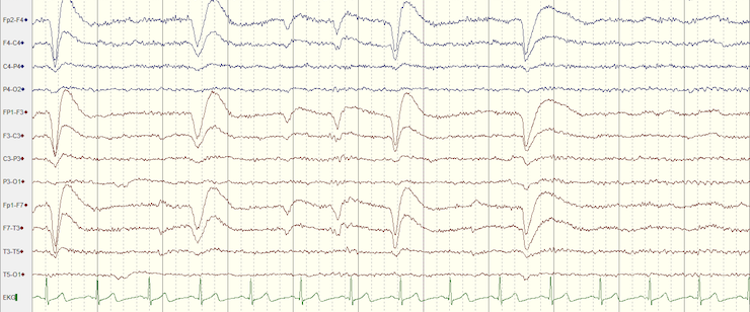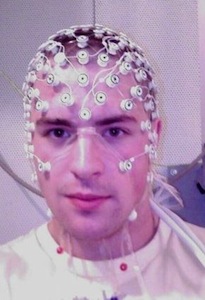« Prev Next »

When I was in elementary school, there were two kids in my class who always got "special medicine" at lunchtime. I didn't understand this at the time, as they never looked sick to me, so I couldn't comprehend why they would need to take a pill. One day I got up the courage (as only an impertinent seven year-old can) to ask my friend why she needed to take medicine every day, but her answer just confused me even more. She said that without the pill she would get too energetic and be unable to concentrate in class. But this didn't make sense, as I knew that I often got quite excited and would sometimes talk out of turn, but I certainly didn't need to take any medicine for this!
Flash forward twelve years, and in college nearly all of my friends were regularly taking Adderall to help them study for exams, whether they were prescribed it or not.
Diagnoses of ADHD have skyrocketed over the last decade, rising 66% in the U.S. since 2000. As with the majority of psychiatric disorders, a diagnosis cannot be determined by a physical exam or empirical test, but is instead made using subjective self-reports provided by the parents, teachers and child himself. The doctor or psychiatrist then matches these descriptions to the clinical symptoms listed in the DSM – the Diagnostic and Statistical Manual of Mental Disorders – comparing them to her own observations and makes a decision accordingly. This means that diagnoses of ADHD can be highly subjective and, unfortunately, potentially easy to fake.
However, a new development is attempting to change this by using a physical test to look for signs of ADHD in an individual's brain patterns.
The Food and Drug Administration recently approved a device that uses electroencephalogram, or EEG, to help diagnose ADHD. EEG measures electrical activity in the brain from the firing of neuronal cells. Different voltages, or different magnitudes of this signal, designate different types of brain waves, which can provide insight into the brain's current activity. Researchers believe that the ratio between two types of these signals - beta and theta waves - may help better predict the presence of ADHD when combined with standard subjective assessments.
 Both of these rhythms are involved in arousal, but in different capacities. Theta waves are most commonly seen during voluntary movements and are associated with an active readiness state. In fact, some studies have shown the presence of theta waves before a movement has even begun, suggesting that they play a role in initiating action. Conversely, beta waves are more associated with alertness and concentration, as well as with the inhibition of movements. They are the most common type of electrical signal present while we are awake.
Both of these rhythms are involved in arousal, but in different capacities. Theta waves are most commonly seen during voluntary movements and are associated with an active readiness state. In fact, some studies have shown the presence of theta waves before a movement has even begun, suggesting that they play a role in initiating action. Conversely, beta waves are more associated with alertness and concentration, as well as with the inhibition of movements. They are the most common type of electrical signal present while we are awake.
Children with ADHD have been shown to have a higher ratio of theta-to-beta waves, potentially implicated in their hyper-active and hypo-attentive state. By measuring the ratio of theta and beta rhythms, researchers hope to provide a more empirical test of abnormal brain function in children suspected to have ADHD. Sensitivity using this tool – the percentage of children who are diagnosed with ADHD and show these abnormal brain patterns – has been estimated at 95%, while specificity – the percentage of children without ADHD who don’t shows these patterns – is around 90%.
However, others have refuted this claim, saying that EEGs provide no better assessment of ADHD than the current subjective symptom reports already used. Instead, they argue, selling high-tech machines to measure brain waves is just an easy way to make money off of concerned clinicians and parents, but without providing any more valuable information.
Additionally, as is always the case in psychiatry, there are some children with a subtype of ADHD who markedly differ from the expected patterns. Some show increased beta waves, while others have increased alpha waves or some different ratio of these three rhythms.
However, just because this method isn't perfect doesn't necessarily mean we should disregard the data supporting the use of EEG for ADHD and reject this option just yet. EEG may be a useful tool to assist in diagnosing, granted that it's used in combination with the other currently standard methods, which it must be acknowledged are far from perfect themselves. Instead, a combination of these two imperfect methods may help bring us a little bit closer to a more perfect option.
--
Loo S.K. and Barkley R.A. Clinical utility of EEG in attention deficit disorder. Applied Neuropsychology 12 64-76 (2005).























